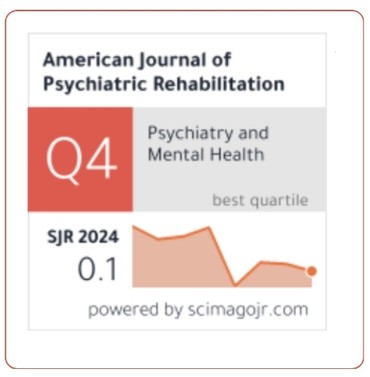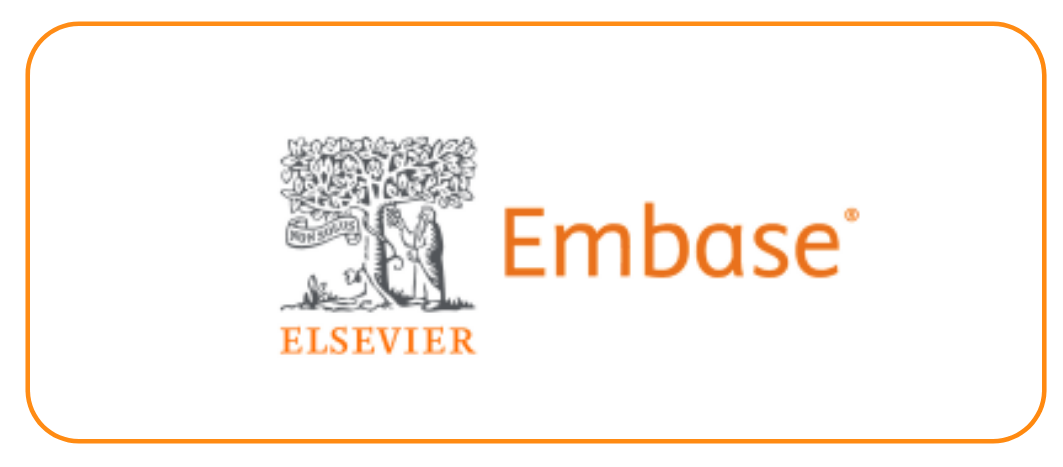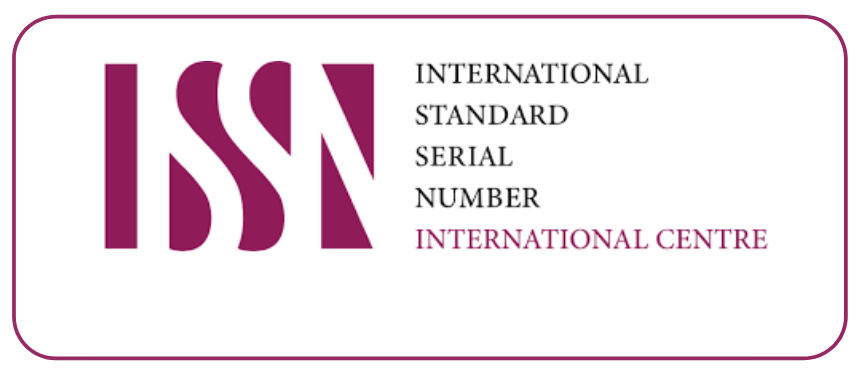The Obesity Equation: Unpacking the Role of Changing Food Consumption Patterns
DOI:
https://doi.org/10.69980/ajpr.v28i5.346Keywords:
Overweight, Obesity, BMIAbstract
Overweight and obesity are now recognized as serious global public health concerns. In Kerala, a state known for its high social development standards, lifestyle diseases—particularly obesity—are on the rise. This growing issue is closely linked to metabolic syndrome, which includes conditions like high blood pressure, diabetes, and elevated cholesterol levels.Non-communicable diseases (NCDs) such as cancer, heart disease, and respiratory conditions are increasing rapidly, placing a heavy burden on the state's healthcare system and reducing productivity. Poor diet, sedentary lifestyles, alcohol consumption, and smoking are key contributors, and these issues are now affecting children and adolescents as well as adults. Despite numerous studies on obesity and its causes, there has been little focused research on adult obesity in Kerala. This study aims to assess the prevalence of overweight and obesity among adults and explore the socio-economic and consumption patterns driving this trend. Adolescent obesity, influenced by changing socio-economic conditions and dietary habits, remains an under-researched area. Addressing it is essential—not only as a matter of human rights but also for the long-term economic and health benefits to society. Investing in adolescent health ensures a healthier, more productive future population and reduces the burden of disease in later life.
References
1. Ahluwalia, Montek S. (2002), “State Level Performances Under Economic Reforms in India”, in Anne O. Krueger (ed.), Economic Policy Reforms and the Indian Economy, Oxford University Press, New Delhi.
2. Akhil, Tandulwadiker (2004), Asian hospital and health care management, Vertical Talk, Hyderabad.
3. Ash, Russell (2008), Whitaker’s world of facts, A and C Black publishers Ltd, London.
4. Ashokan, A. (2009), Perspectives of Health Economics, Serials Publications, New Delhi.
5. Elizabeth, K.E. (2007), “From the Marasmic to the obese”, in C.C. Kartha (ed), Kerala Fifty years and Beyond, Gautha Books, T hiruvananthapuram.
6. Enas, Enas A. and Sudesh, Kannan (2005), How to beat the heart disease epidemic among South Asians, Time Line, USA.
7. Gluckman, Peter and Hanson, Mark (2006), Mismatch, The lifestyle Disease Time bomb, Oxford University Press, New York.
8. Harikumar,S. and Sudhakar, Dhanya. (2008), “Consumption Expenditure and Health Status: The case of Kerala”, in Meera Bai M. (ed.), Kerala Economy Slumber to performance, Serials Publications, New Delhi.
9. Me Whiter, Alasairb and Clasen, Liz (1996), Foods that Harm Food that Heal, Reader’s Digest Association Ltd, New York.
10. Padmavati, S. (1990), Heart disease and layman, National Book Trust, New Delhi.
11. Panicker, P.G.K. and Soman,C.R. (1984), “Health status of Kerala, Paradox of Economic Backwardness and Health Development” Centre for Development Studies, Thiruvananthapuram.
Downloads
Published
Issue
Section
License
Copyright (c) 2025 American Journal of Psychiatric Rehabilitation

This work is licensed under a Creative Commons Attribution 4.0 International License.
This is an Open Access article distributed under the terms of the Creative Commons Attribution 4.0 International License permitting all use, distribution, and reproduction in any medium, provided the work is properly cited.









